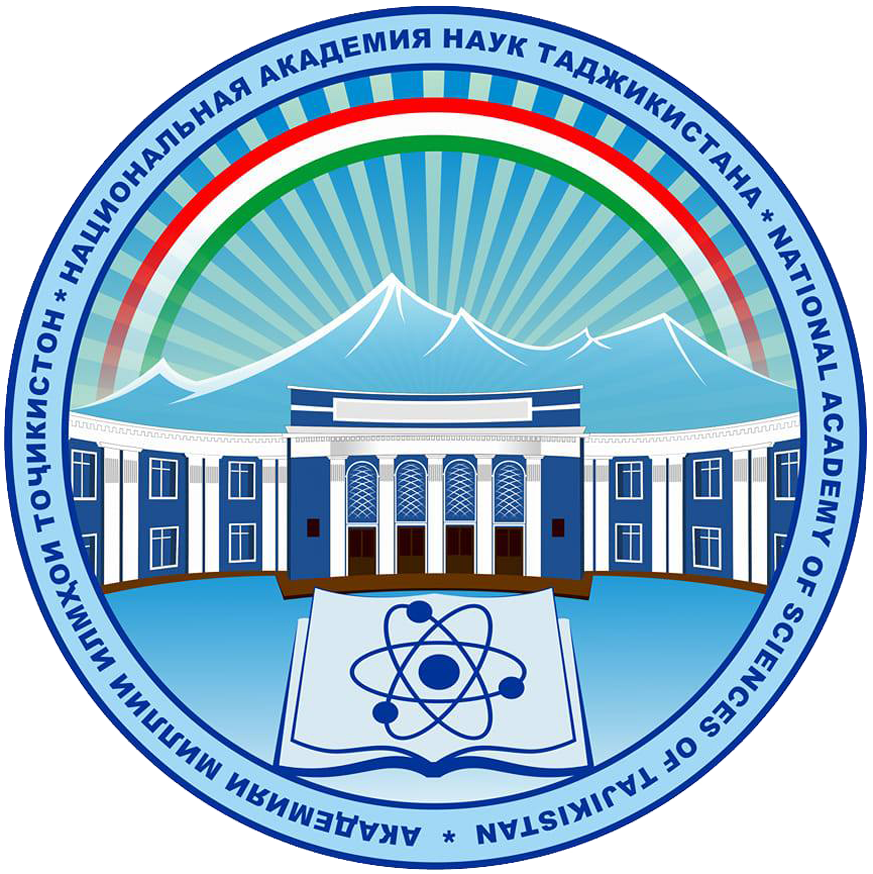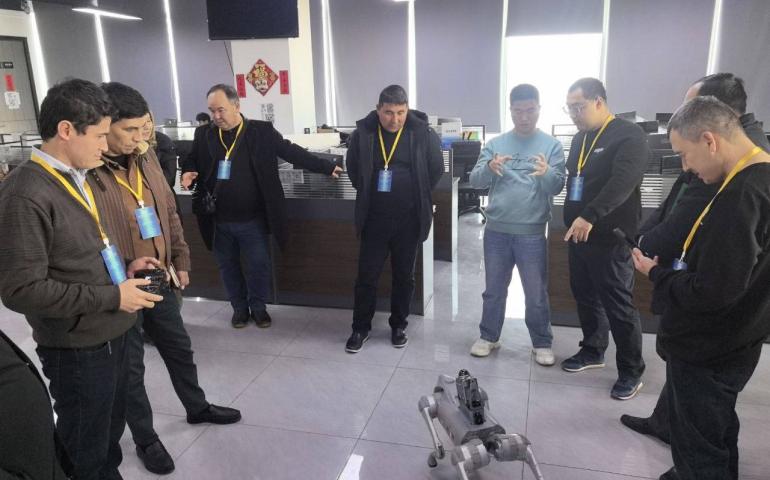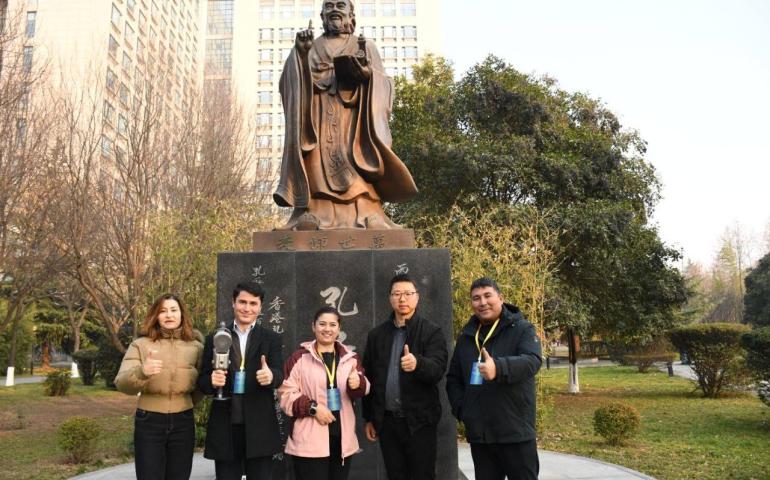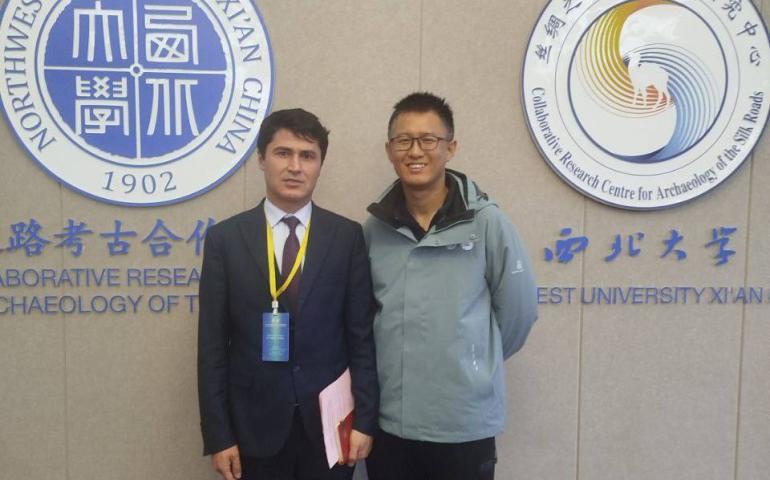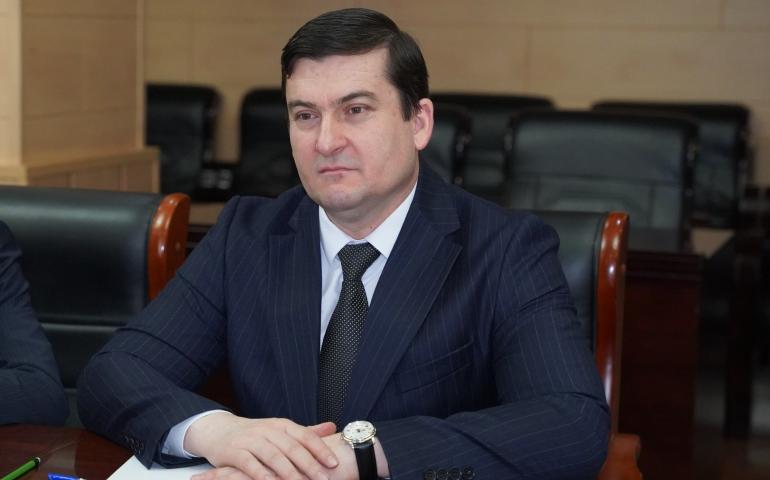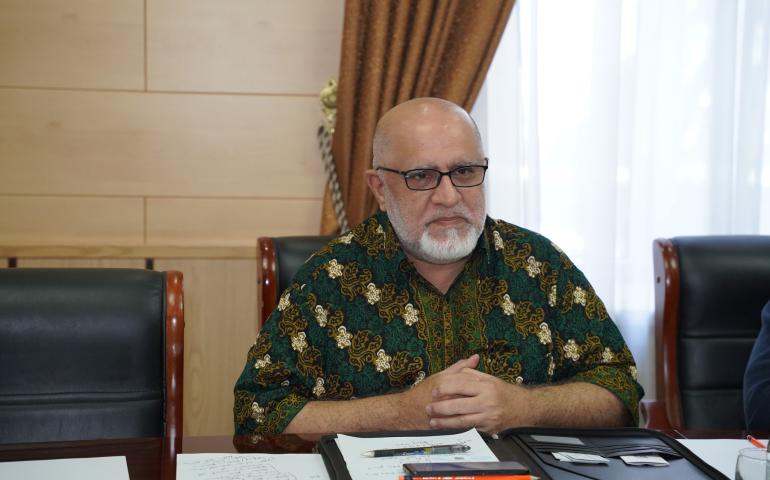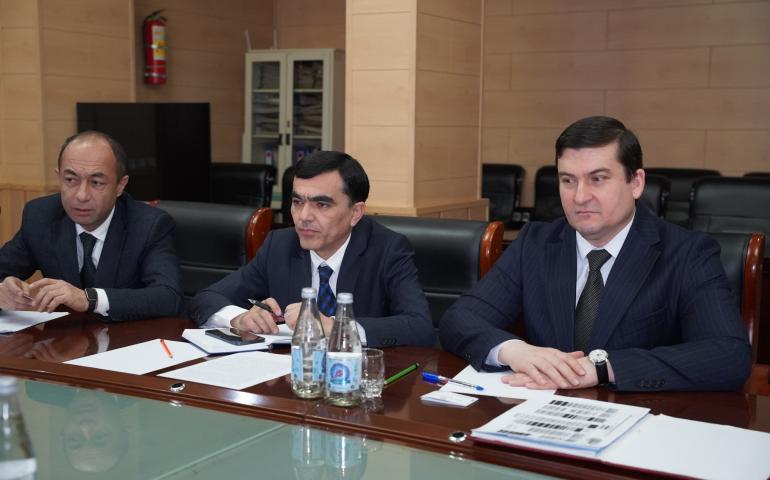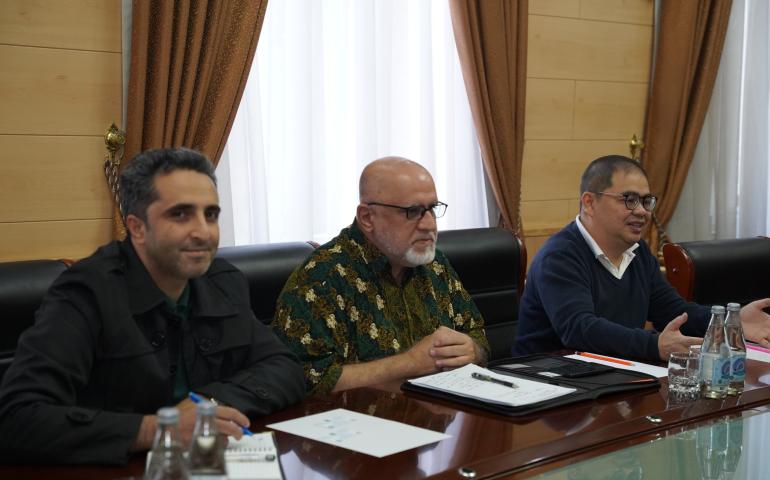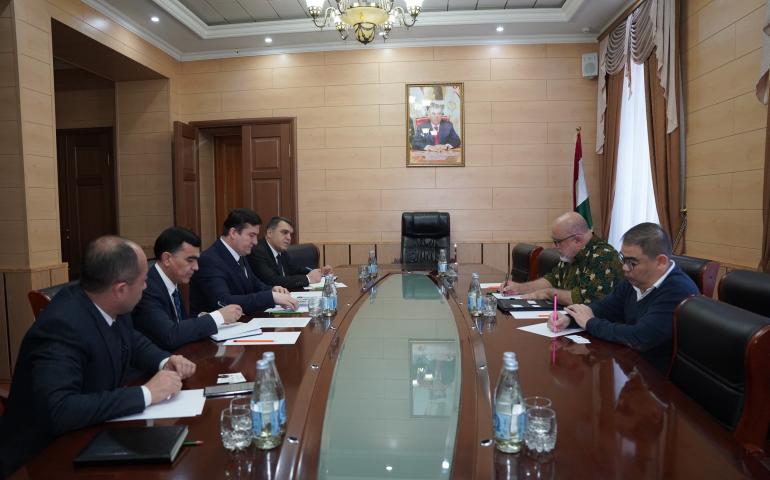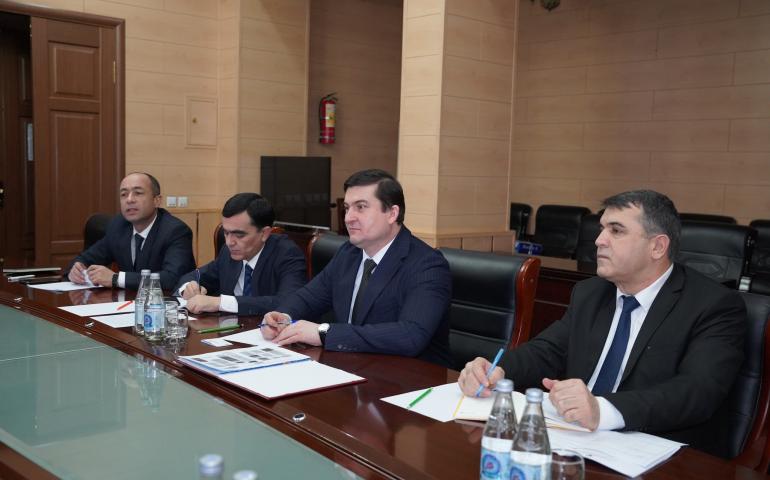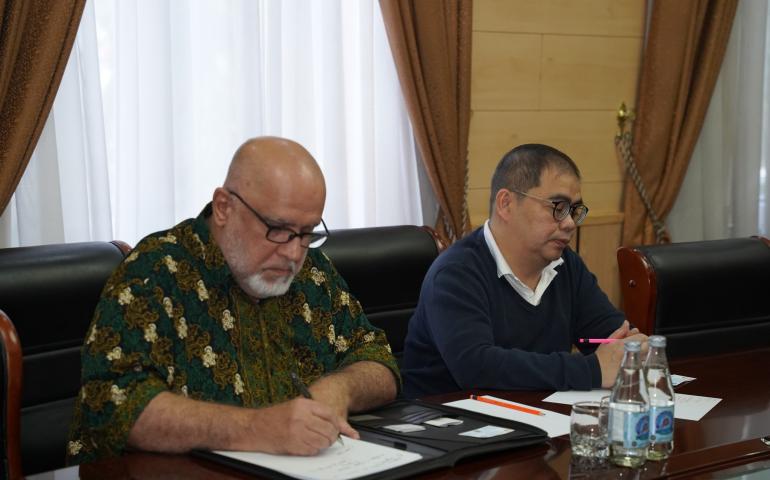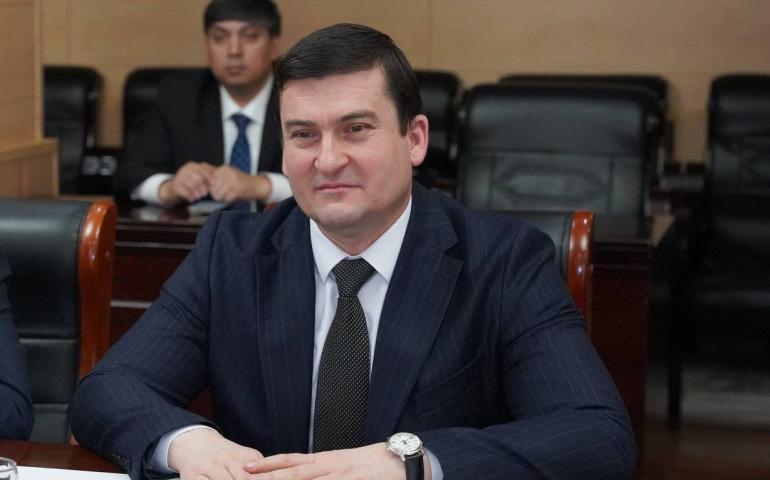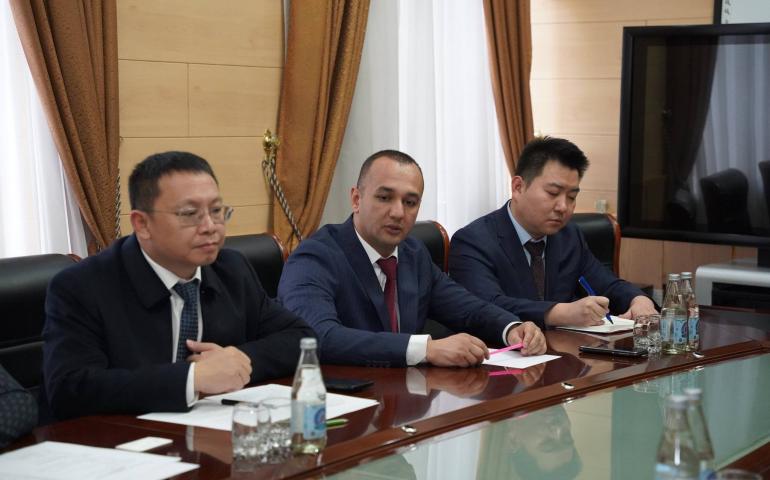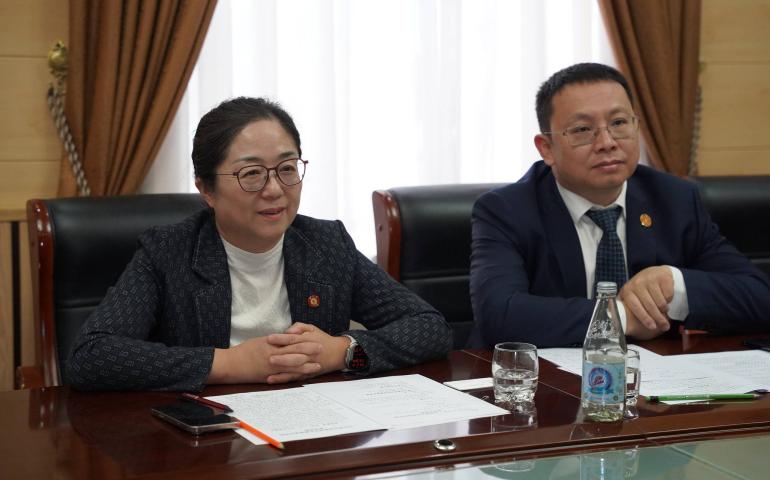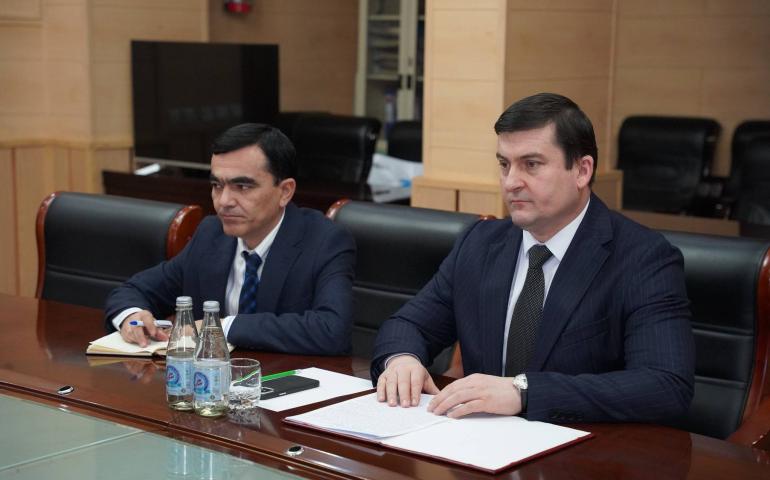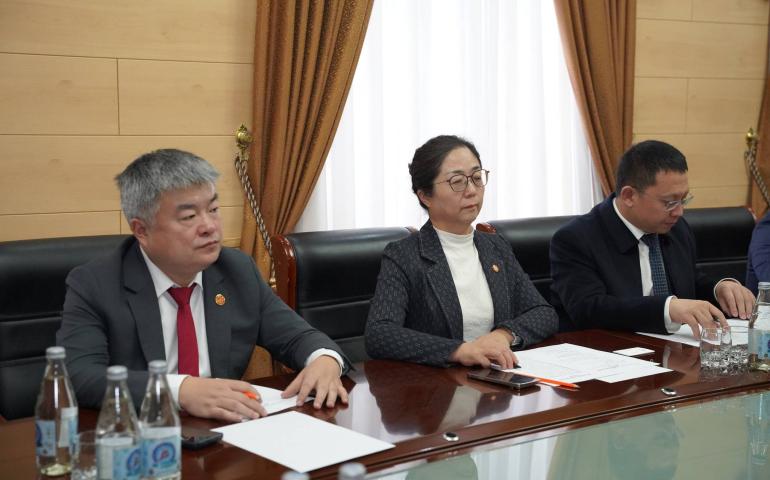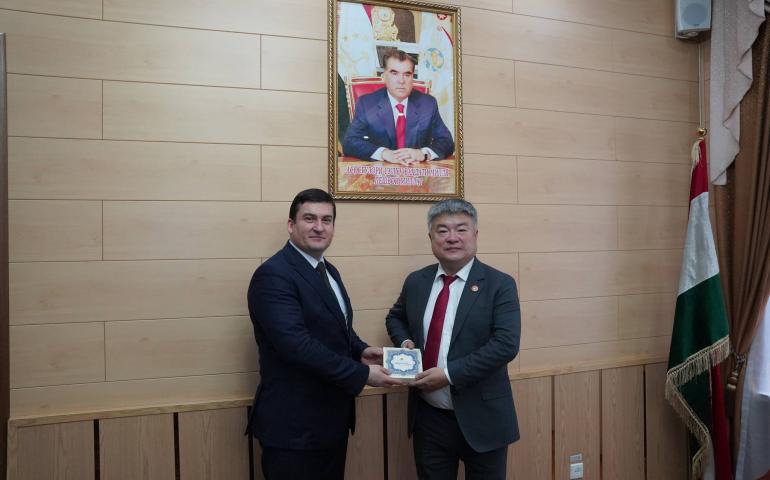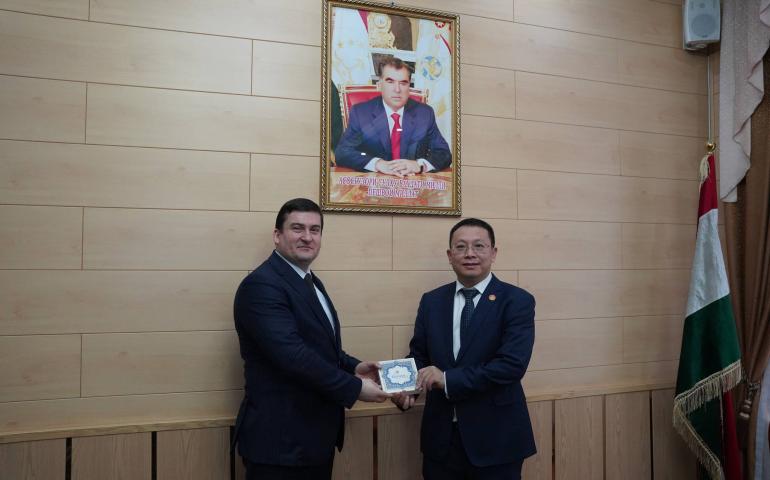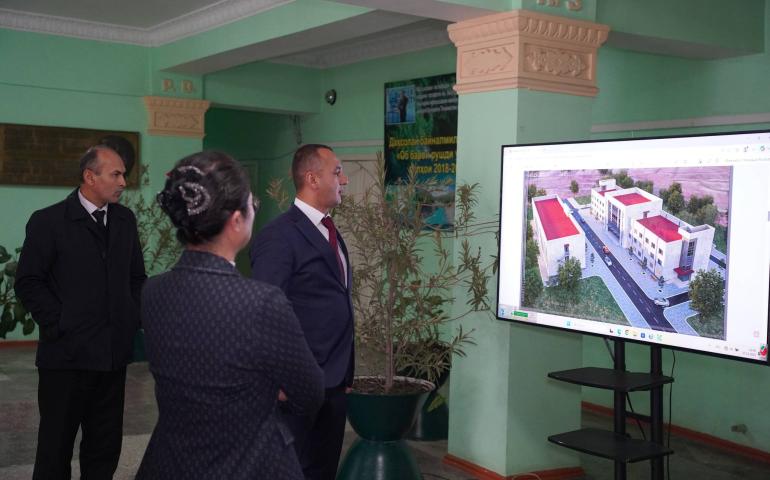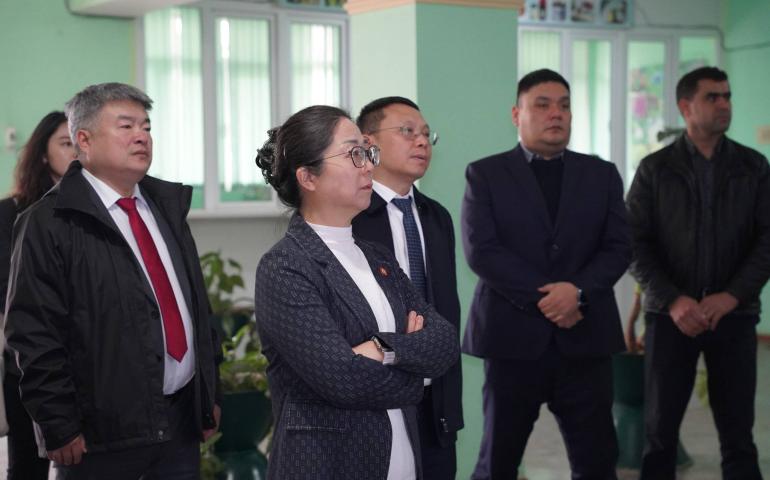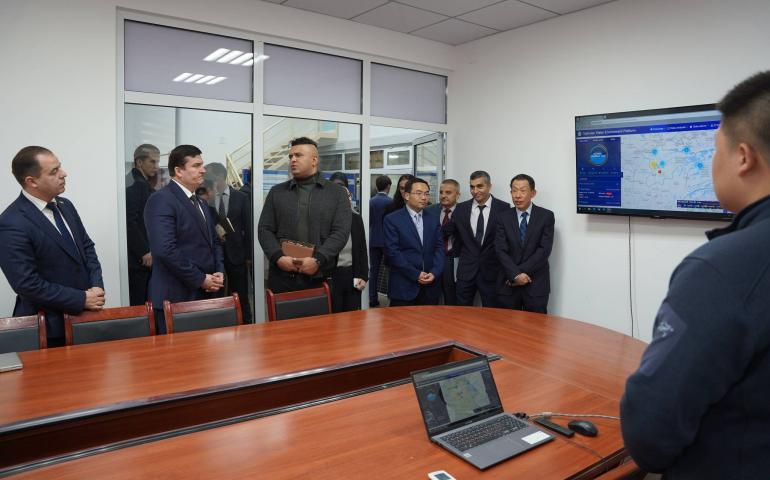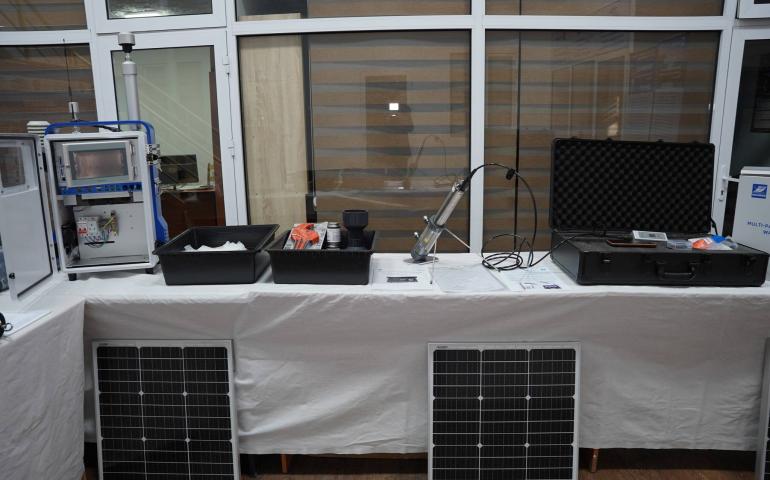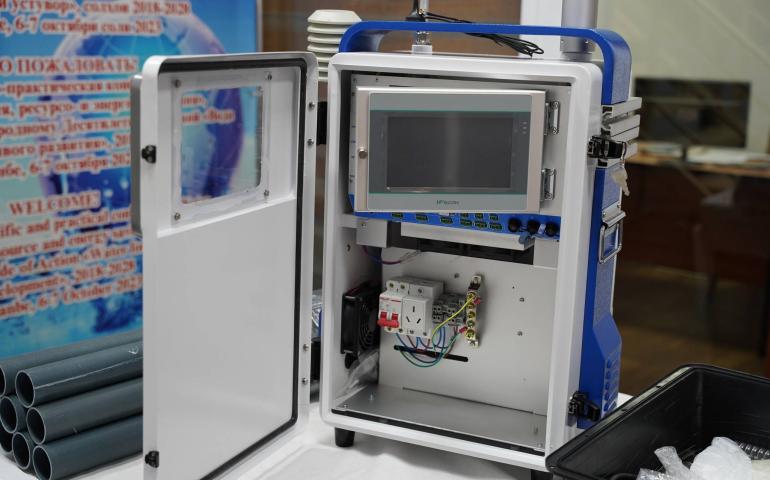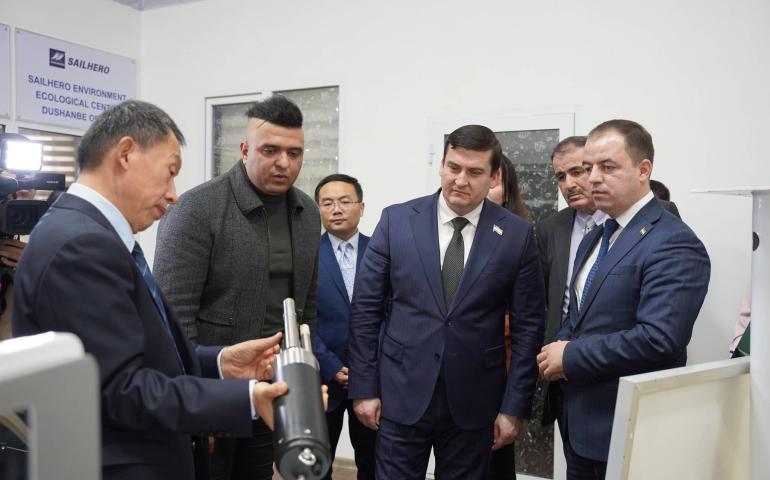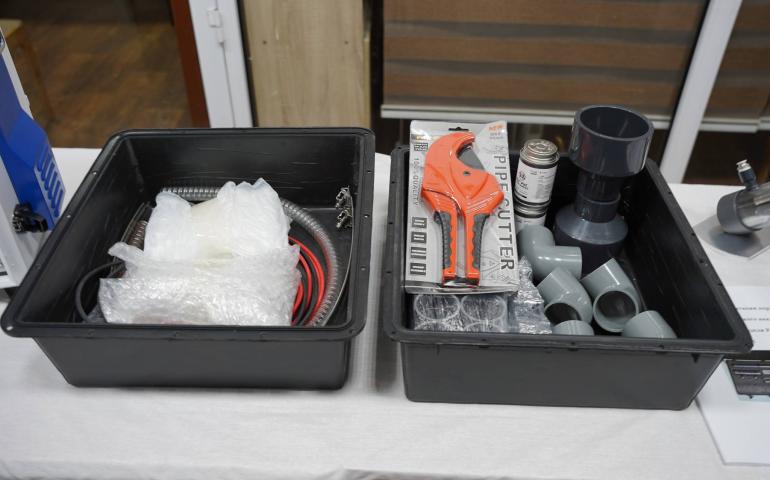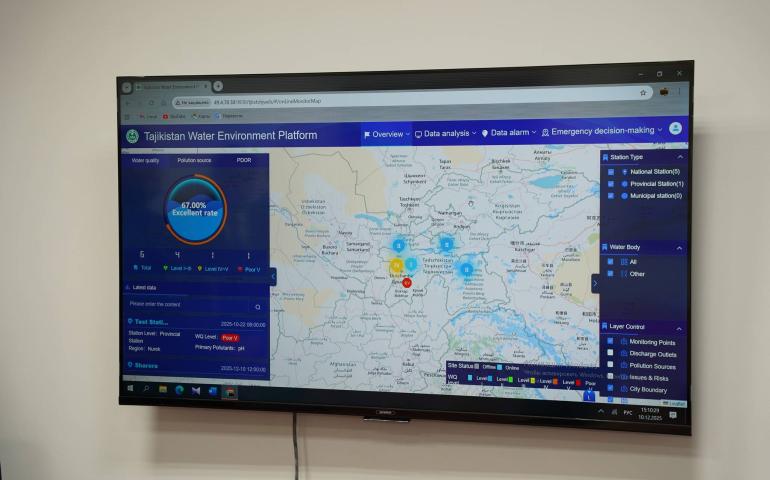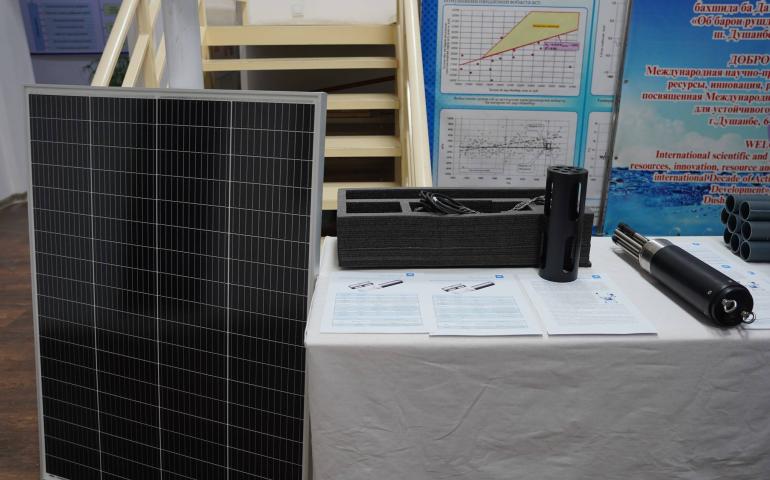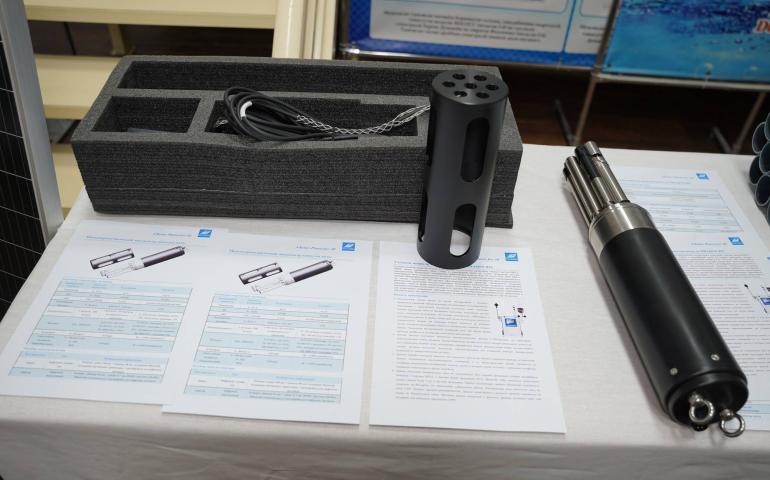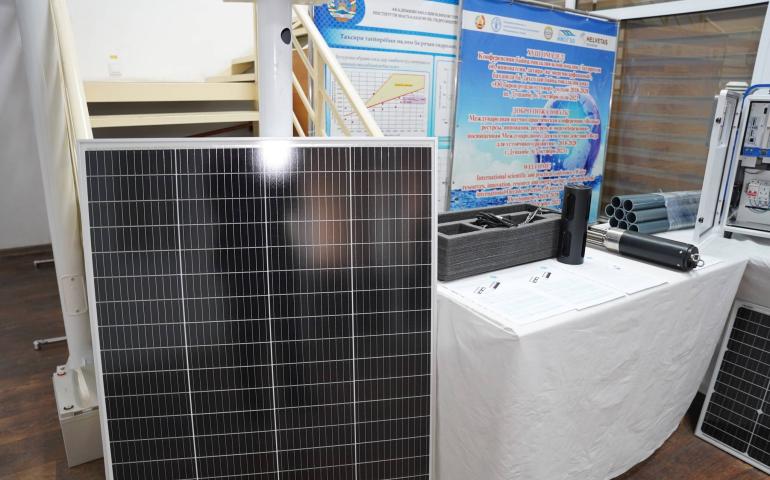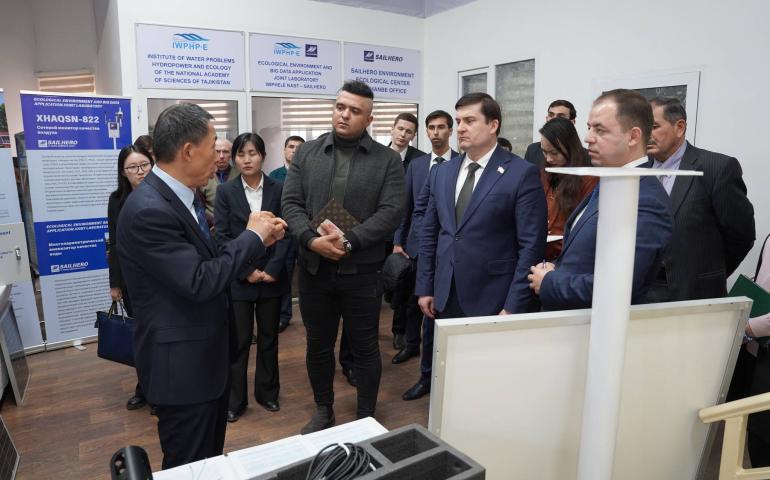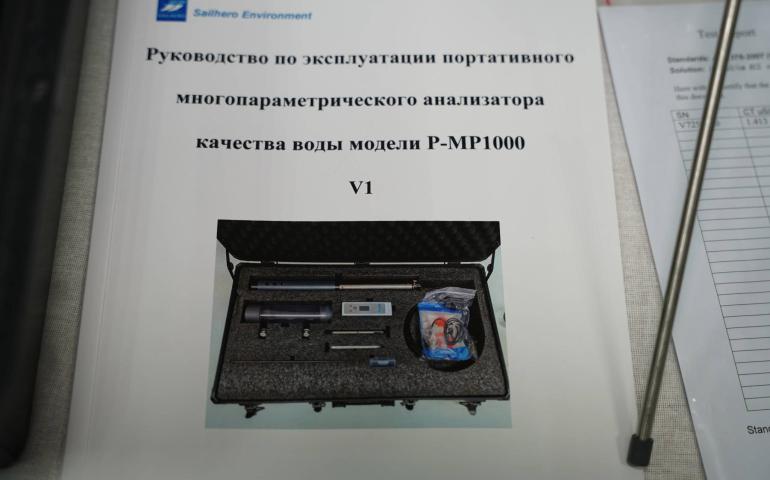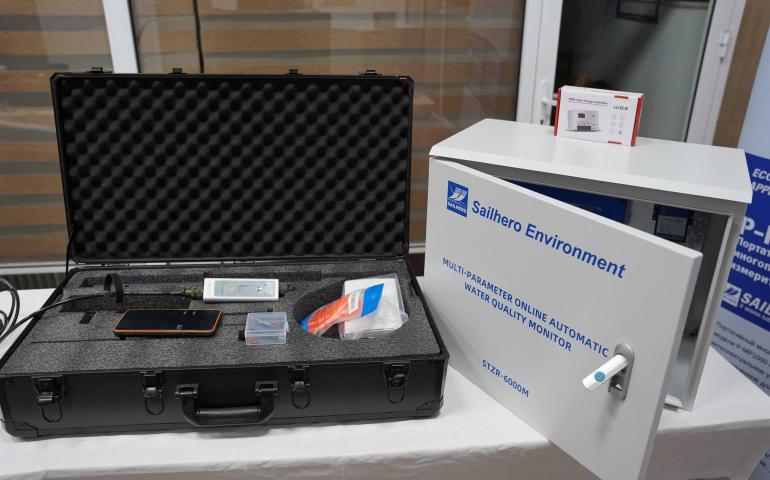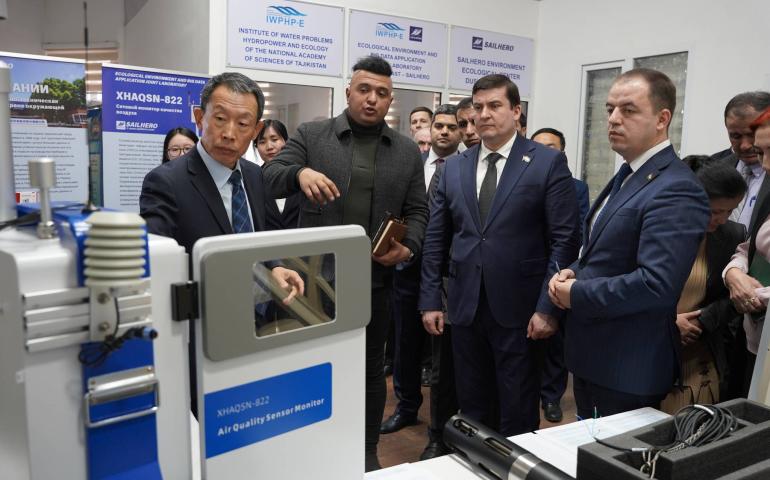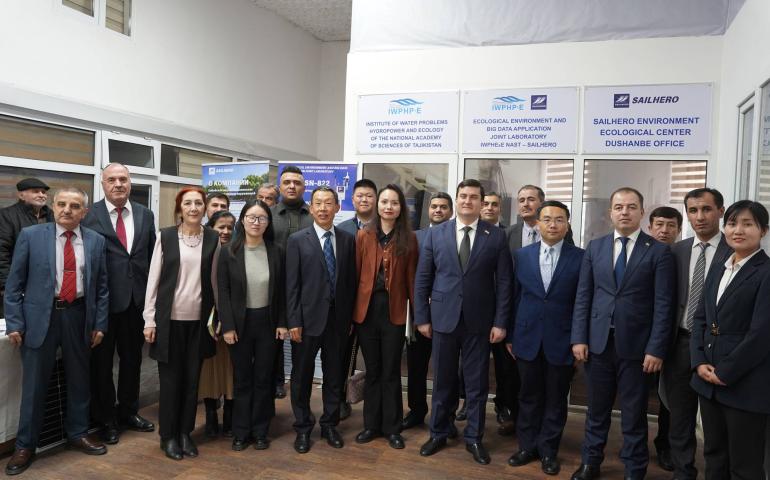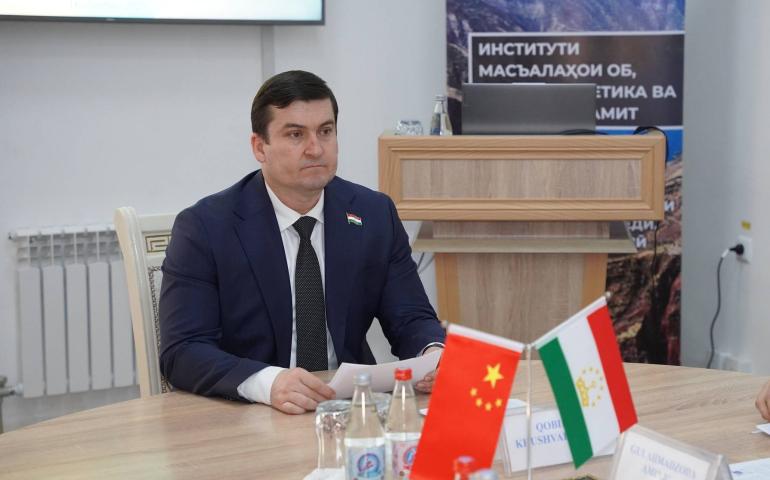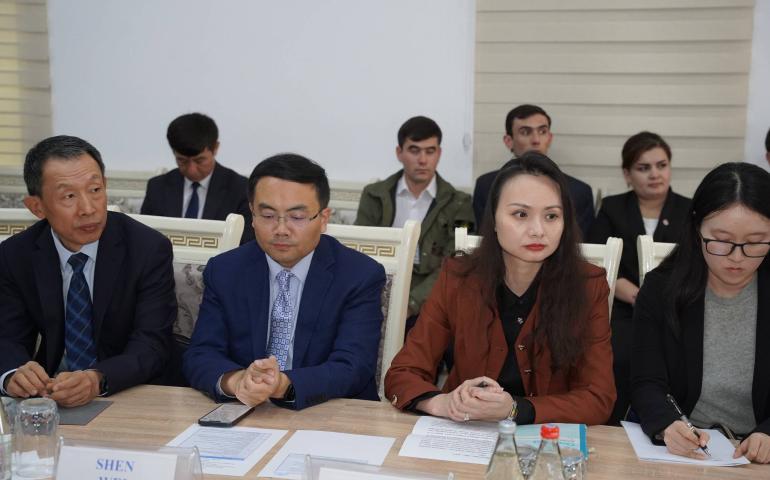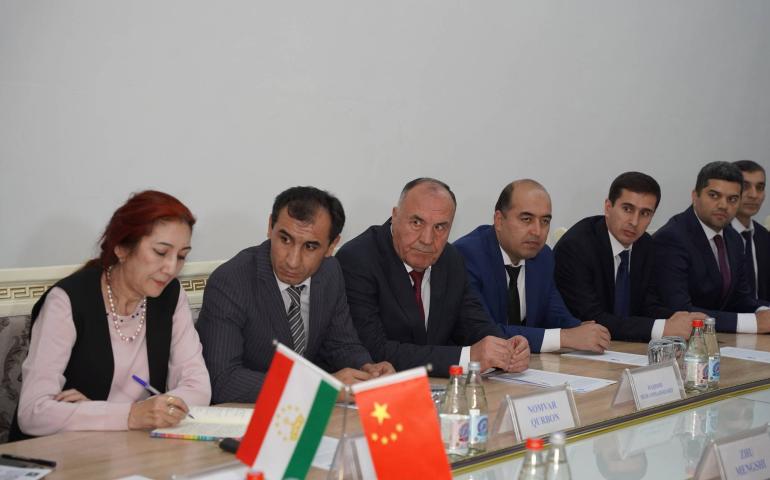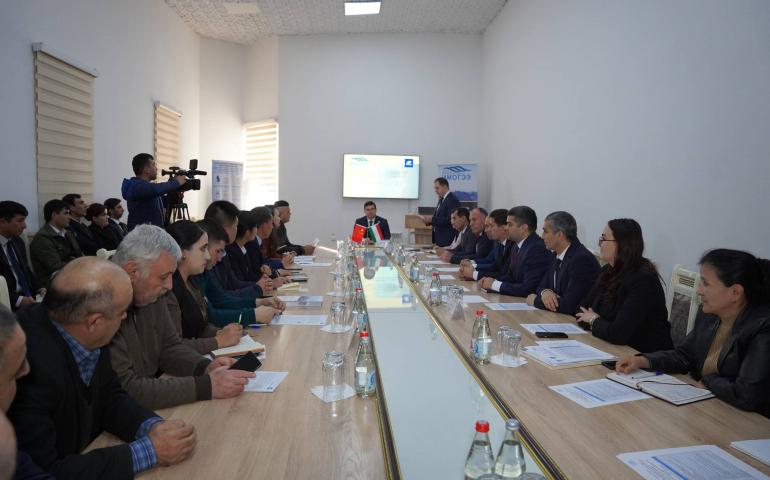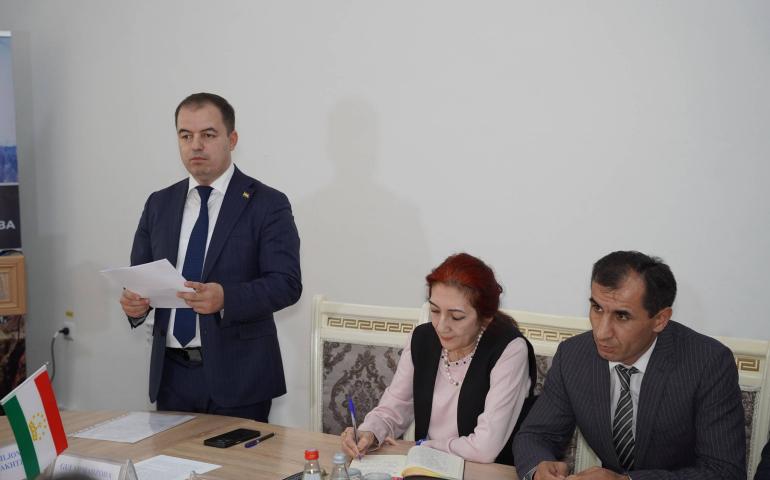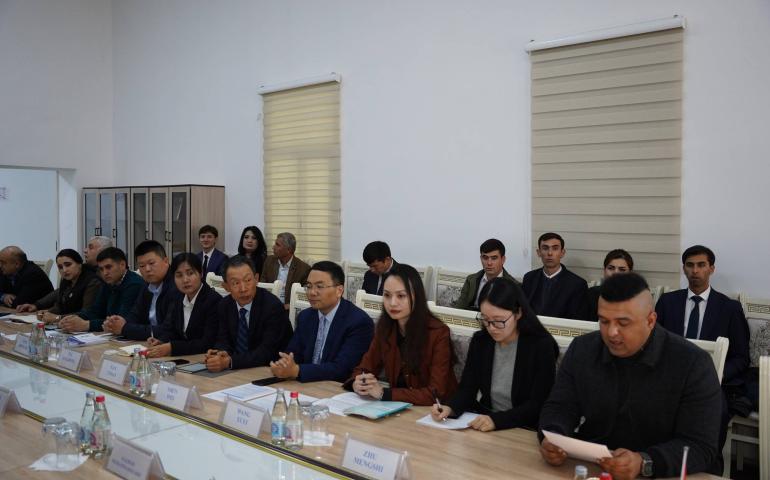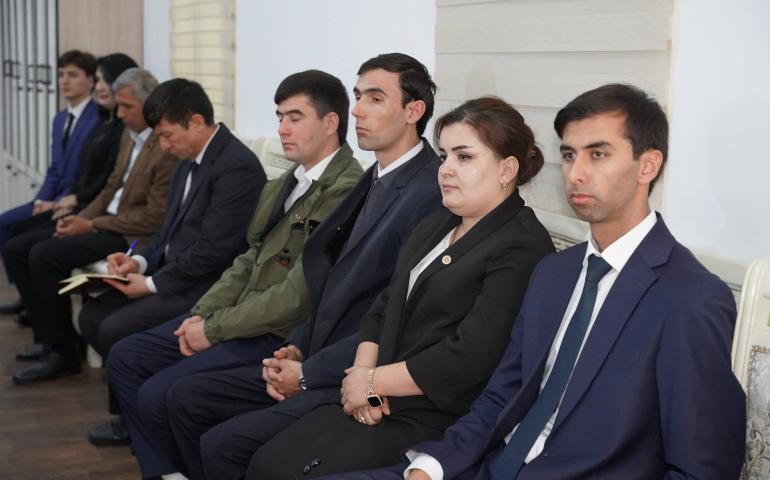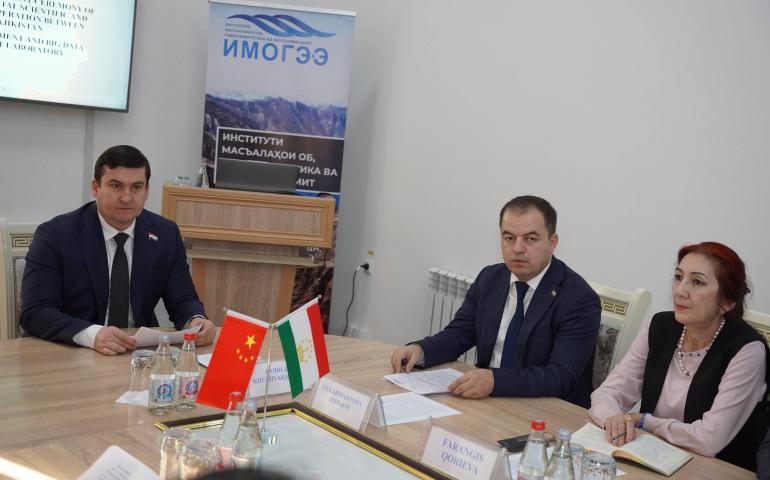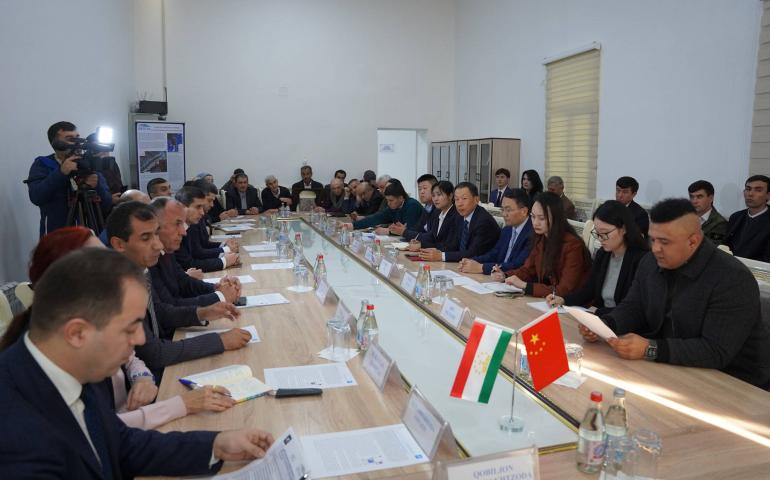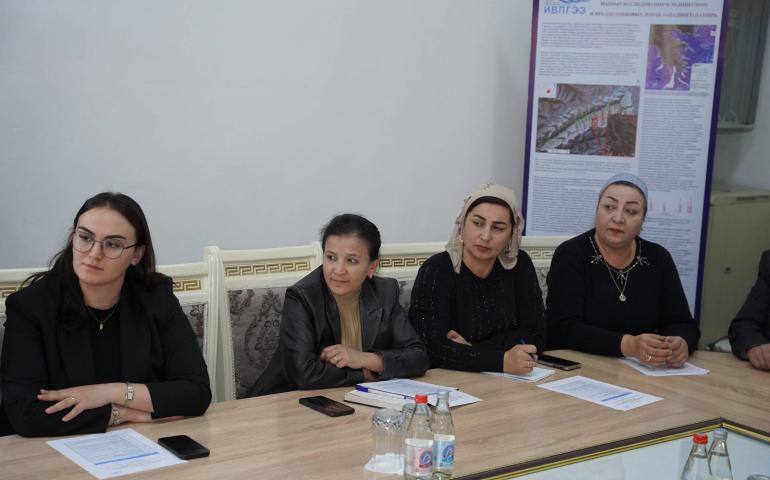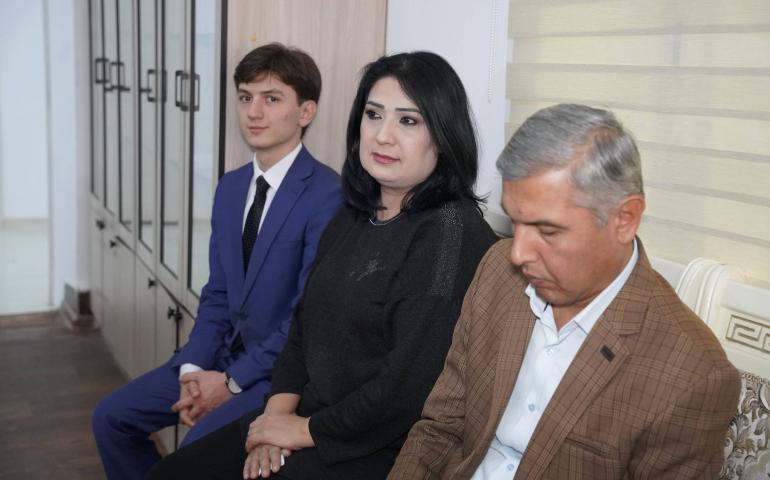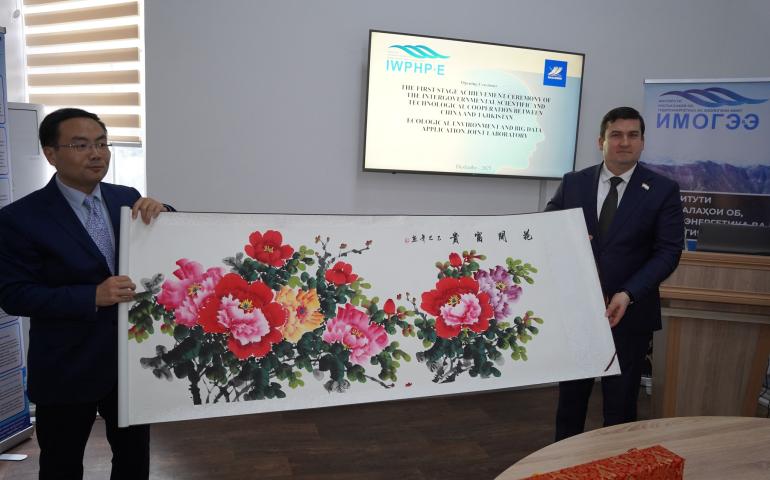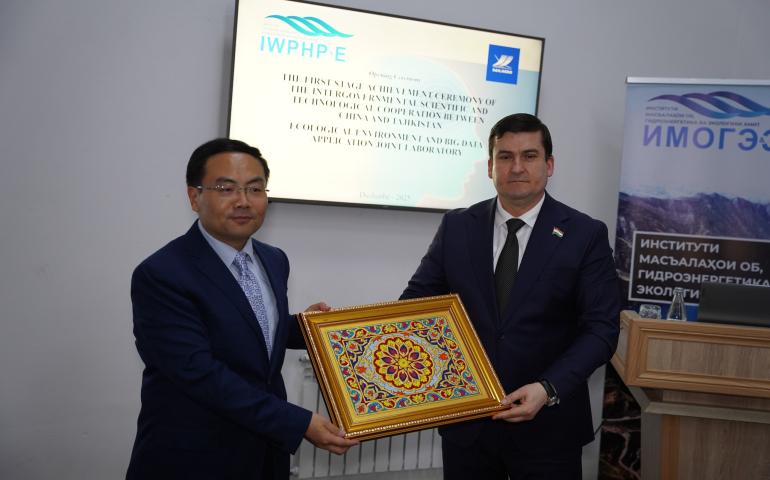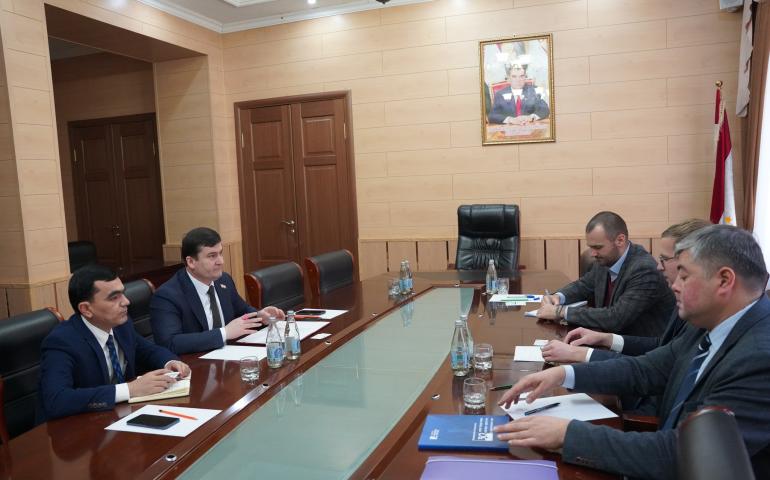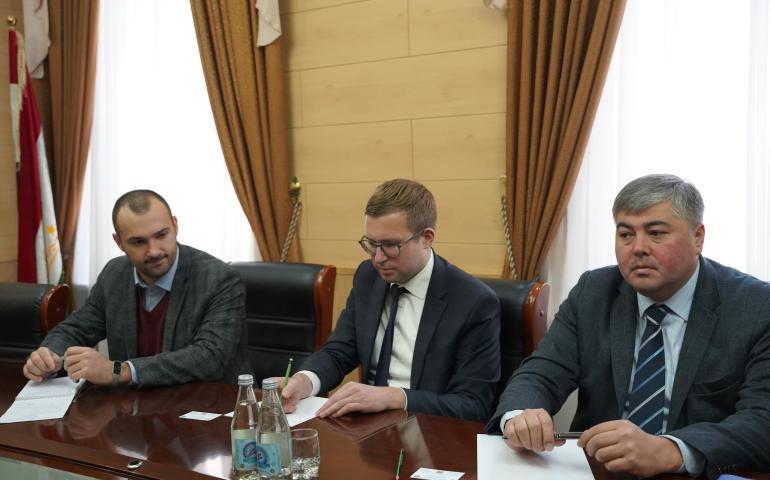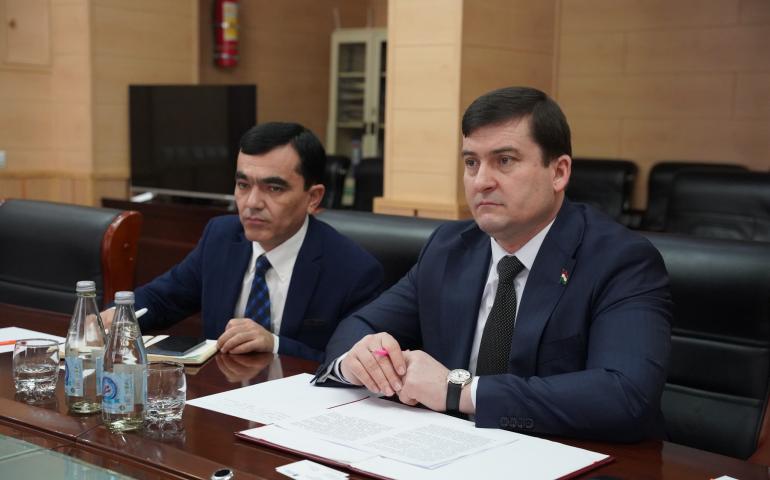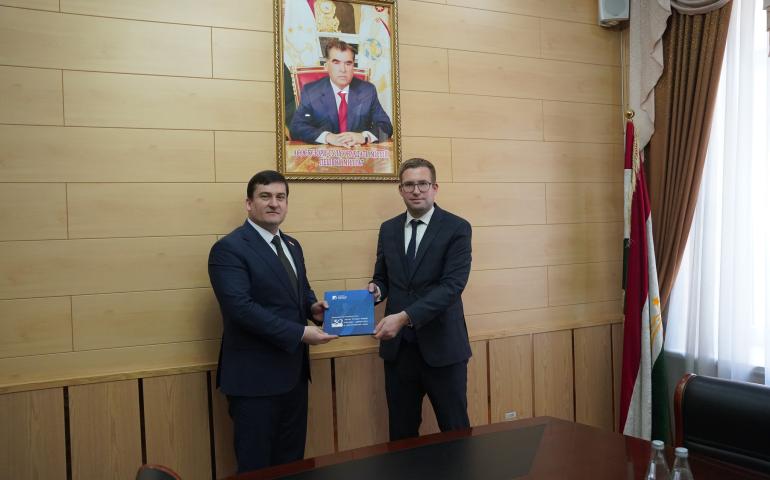
Research Center for Ecology and Environment of Central Asia (Dushanbe)
The Research Center for Ecology and Environment of Central Asia (Dushanbe) was established in accordance with the Agreement on Scientific Cooperation between the National Academy of Sciences of Tajikistan and the Chinese Academy of Sciences, which was signed on September 13, 2014 and officially began research activities on April 1, 2017.
The main goal of the Center: to facilitate research in the field of ecology and environmental protection, to conduct fundamental and applied scientific research in the field of natural sciences, to prepare highly qualified scientific specialists through studies at the master's, postgraduate, doctoral and targeted internships.
The Center conducts research activities in cooperation with scientific institutions of the National Academy of Sciences of Tajikistan and the Chinese Academy of Sciences
MAIN DIRECTIONS OF THE CENTER'S RESEARCH ACTIVITIES
Conducting fundamental and scientific-practical research in the field of:
- ecology and environmental protection;
- biodiversity and natural resources;
- geology and minerals;
- glaciology, hydrology and meteorology;
- disaster risk monitoring,
- the impact of climate change on ecosystems,
- crop pest monitoring;
- application of modern methods of remote sensing of the Earth, GIS technologies and unmanned aerial vehicles in scientific research,
- implementation of innovative projects,
- implementation of innovative technologies and modern equipment in scientific research.
LABORATORY OF GEOLOGY AND MINERAL RESOURCES
The main directions of scientific research of the laboratory:
- study of the geological structure and minerals of Tajikistan,
- study of tectonic processes and their impact on climate change in the Cenozoic history of the development of the Central Asian region,
- a comprehensive study of the Mesozoic and Cenozoic sedimentary rocks of Tajikistan and their significance for assessing the paleogeographic and climatic conditions of past geological periods,
- petrological and isotope-geochemical studies of igneous and metamorphic strata of Pomir and Tien-Shon,
- the study of modern exogenous geological processes and assessment of the risk of natural disasters associated with them in the territory of Tajikistan,
- conducting geo-ecological studies in the areas of mining enterprises and their technogenic impact on the environment, etc.
The laboratory is equipped with modern scientific instruments and equipment.



LABORATORY OF GEOLOGY AND MINERAL RESOURCES
The main directions of scientific research of the laboratory:
- study of the geological structure and minerals of Tajikistan,
- study of tectonic processes and their impact on climate change in the Cenozoic history of the development of the Central Asian region,
- a comprehensive study of the Mesozoic and Cenozoic sedimentary rocks of Tajikistan and their significance for assessing the paleogeographic and climatic conditions of past geological periods,
- petrological and isotope-geochemical studies of igneous and metamorphic strata of Pomir and Tien-Shon,
- the study of modern exogenous geological processes and assessment of the risk of natural disasters associated with them in the territory of Tajikistan,
- conducting geo-ecological studies in the areas of mining enterprises and their technogenic impact on the environment, etc.
The laboratory is equipped with modern scientific instruments and equipment.



CHINESE-TAJIK JOINT LABORATORY FOR THE PROTECTION AND USE OF BIOLOGICAL RESOURCES
The main directions of scientific research in the laboratory:
- the study of biological diversity,
- assessment of the state of biological resources,
- the study of medicinal plants,
- taxonomy, biogeography and development of dryland species,
- identification and application of genes adapted to stressful conditions,
- re-registration (inventory) of biological diversity,
- the restoration of degraded ecosystems, etc.
International scientific relations
In order to conduct fundamental and scientific-practical research, the Center cooperates with the Xinjiang Institute of Ecology and Geography of the Chinese Academy of Sciences, the Xinjiang Mineral Resources Research Center, the Tibetan Plateau Research Institute, the Xi'an Institute of Earth Environment, the Institute of Remote Sensing and Digital Earth, the Shenzhen Institute of Advanced technologies as well as with the Central Asian Centers for Ecology and Environment (Alma-Ato, Bishkek). In the near future, the Center plans to establish fruitful scientific cooperation with centers and universities of developed countries (Russia, USA, England, Germany, France, Japan, Iran, etc.).


